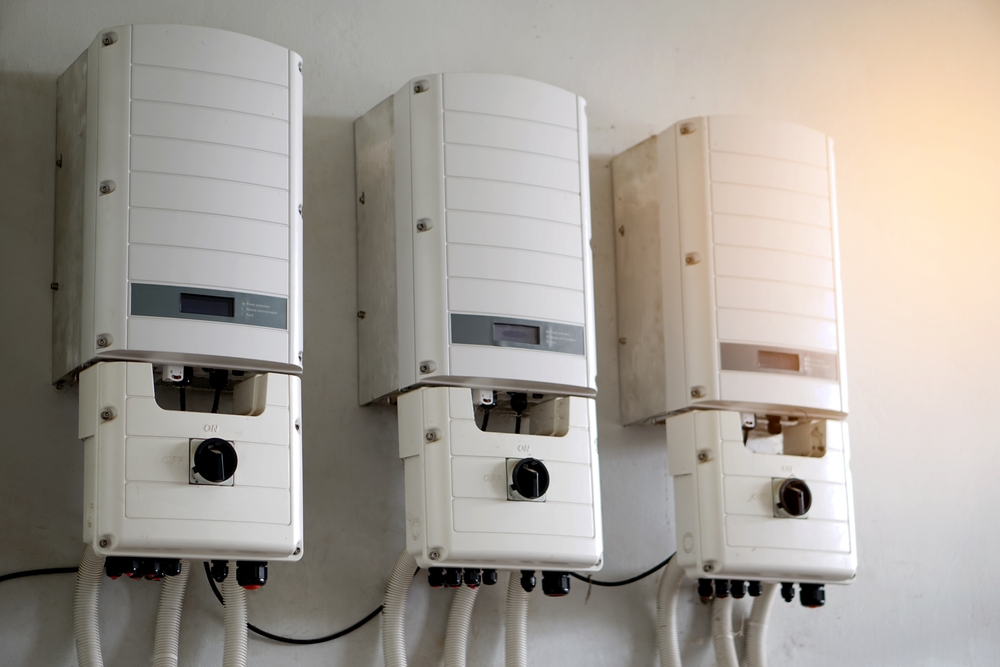
As the adoption of solar energy continues to rise, one of the key components that can significantly enhance its effectiveness is power storage. Solar power storage solutions allow homeowners and businesses to store excess energy generated during sunny periods for use during cloudy days or nighttime, ensuring a consistent and reliable energy supply. Here, we’ll explore different types of solar power storage solutions, their benefits, and how they work.
Batteries are the most common form of solar power storage. They store electricity generated by solar panels and release it when needed. There are several types of batteries used for solar storage:
Thermal storage systems convert excess solar electricity into thermal energy, which can be used for heating or converted back into electricity when needed. This method is particularly effective in solar thermal power plants, where mirrors or lenses concentrate sunlight to heat a fluid that drives a turbine.
Mechanical storage methods, such as pumped hydro storage and flywheels, store energy by converting electricity into potential or kinetic energy. These methods are often used in large-scale applications:
Solar power storage systems provide greater energy independence by allowing users to store their own energy and reduce reliance on the grid. This is particularly beneficial in areas with unreliable electricity supply or high energy costs.
By storing excess solar energy, storage solutions help stabilize the grid by balancing supply and demand. This can reduce the need for peaker plants, which are typically fossil fuel-based and operate during high-demand periods.
Without storage, any excess solar energy produced during the day is often wasted. Storage solutions ensure that this energy is utilized efficiently, maximizing the return on investment for solar panel installations.
Solar power storage systems can provide backup power during grid outages, ensuring that critical appliances and systems continue to operate. This is particularly important for homes and businesses in areas prone to power disruptions.
The operation of solar power storage systems involves several key steps:
Solar panels convert sunlight into electricity, which is then used to power appliances and systems in real time.
Excess electricity generated by the solar panels is directed to the storage system (batteries, thermal storage, or mechanical storage) instead of being sent to the grid.
When the solar panels are not producing enough electricity to meet demand (e.g., at night or on cloudy days), the stored energy is discharged from the storage system to provide power.
Advanced energy management systems monitor and control the flow of electricity between the solar panels, storage system, and grid. These systems ensure optimal performance and efficiency by managing charging and discharging cycles.
Understanding solar power storage solutions is essential for anyone looking to maximize the benefits of solar energy. With the right storage system in place, you can achieve greater energy independence, increase the efficiency of your solar panels, and ensure a reliable power supply regardless of weather conditions. As technology continues to advance, solar power storage solutions will become even more effective and accessible, making them a key component of a sustainable energy future.
Interested in getting started with solar power solutions? Contact PTM Solar and join the solar energy revolution today!
Quick Links
Resources
PTM Headquarters
6538 Baptist Way,
East Syracuse, NY, 13057
PTM Utica
502 Court St.
Suite 215
Utica, NY 13502
PTM Utica Phone #:
(315) 930-3619
PTM Maine
400 Congress St.
Floor 3, Suites 326 & 303
Portland, ME 04101
PTM Maine Phone #:
(315) 941-4678